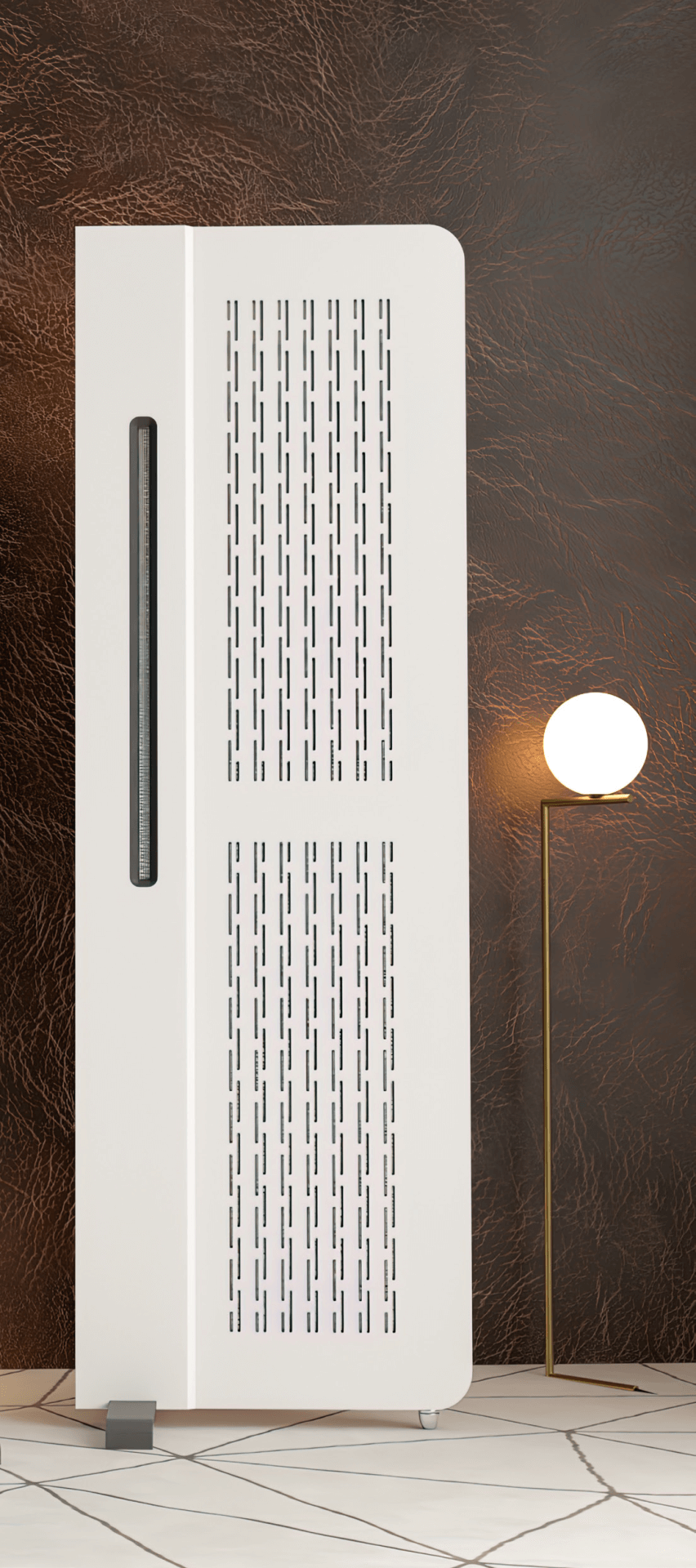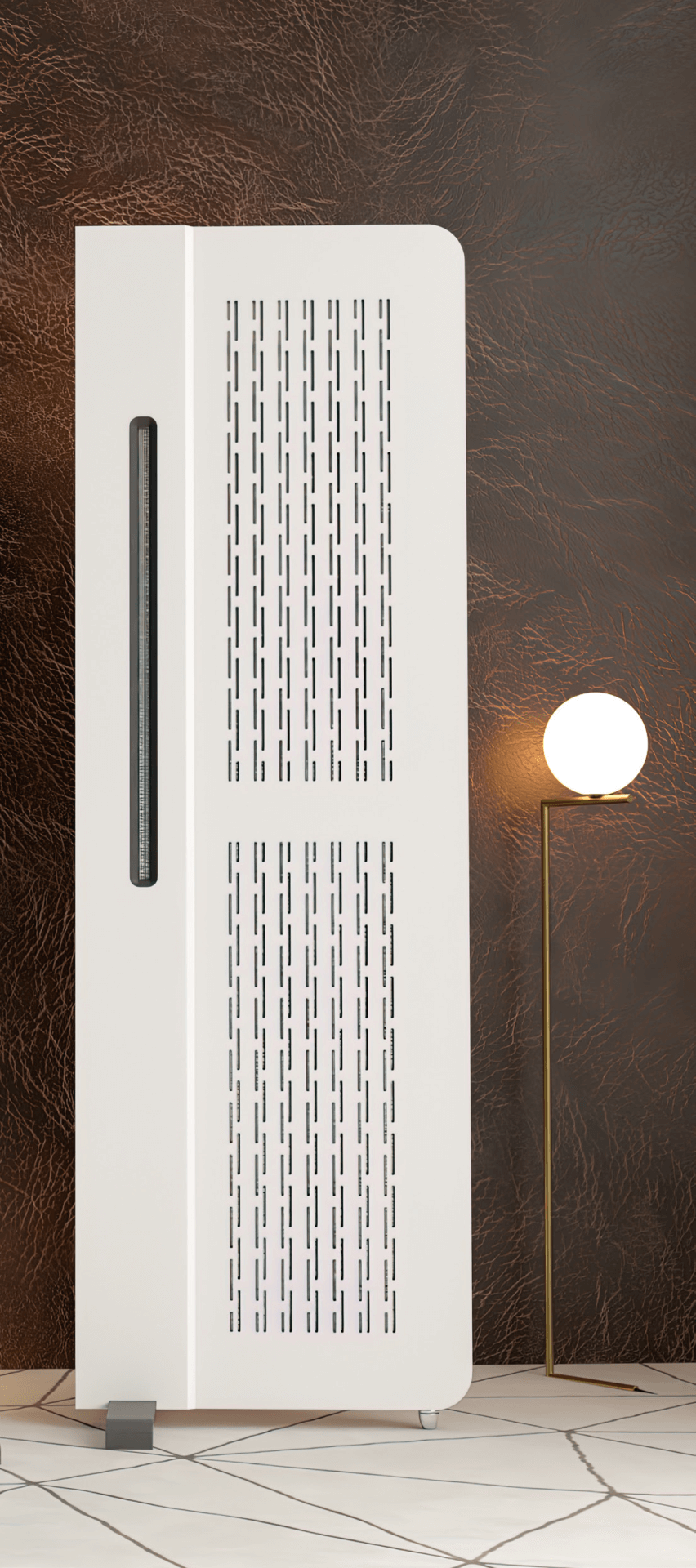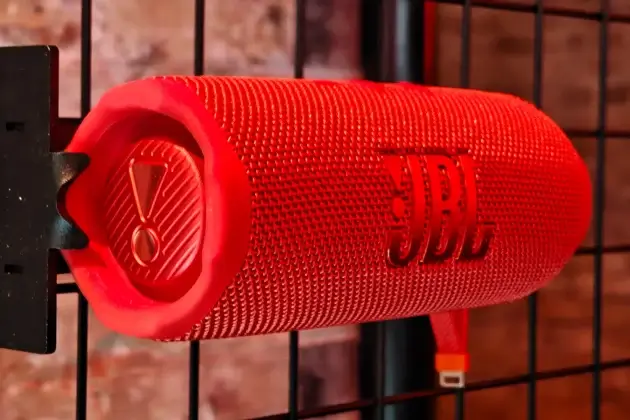
Unveiling the Diptyque Audio DP 160 Mk II Loudspeaker: A Fusion of Art and Engineering
Unveiling the Diptyque Audio DP 160 Mk II Loudspeaker: A Fusion of Art and Engineering
Explore the innovative features of the Diptyque Audio DP 160 Mk II loudspeaker, where art meets technology for an unparalleled audio experience.
The Vision Behind Diptyque Audio
The French loudspeaker manufacturer Diptyque Audio, created by visionary minds Gilles Douziech and Eric Poix, embodies the seamless merging of art and science. Gilles began his journey by crafting ribbon loudspeakers aimed at broadcasting sound creations amid contemporary art exhibitions, while Eric focuses on the mechanical design and fabrication. Together since 2001, they have developed a cutting-edge magnetostatic-planar/ribbon hybrid design that prioritizes panel rigidity and diaphragm tension control. Their innovative approach is not merely functional but also aesthetically pleasing, offering a contemporary design that captivates both visually and acoustically.
The company's ethos emphasizes sustainability and reparability, as evident from their commitment to using recycled and environmentally friendly materials, while reducing their carbon footprint through local sourcing. They also invest in education to inspire the next generation towards careers in electroacoustic design. Indeed, you can feel the heart and soul embedded in every product they create.
Technical Innovations of the DP 160 Mk II
Diptyque's ingenious design utilizes an isodynamic, or magnetostatic, structure, originally pioneered in the USA. Gilles and Eric focused on overcoming design limitations, particularly concerning panel size and low-frequency output. Here are some of their notable innovations:
- PPBM® (Push Pull Bipolar Magnet): This patented architecture features large bipolar magnets positioned at both the front and rear of the diaphragm. By maintaining the conductor (aluminum film stretched along the diaphragm) in a constant magnetic field during movement, it ensures perfect control, resulting in dynamic bass and precise transient sounds.
- Sandwich Mechanical Structure: The chassis is crafted from MDF and 2mm steel sheets, secured tightly with mechanical screws, creating a perfectly rigid assembly. This structure guarantees the absence of coloration and preserves timbres faithfully.
- Proprietary Ribbon Tweeters: Made from an isodynamic cell (mylar film and aluminum conductor), these tweeters operate in a powerful magnetic field generated by neodymium magnets. With a simple crossover (12dB per octave), they blend seamlessly with isodynamic cells.
The innovative design allows more space between magnets for greater film excursion, enhancing low-frequency extension. The result? A truly unique bass response that sets the Diptyque apart from its competitors.
Design and Specifications of the DP 160 Mk II
Priced at $30,000, the DP 160 Mk II stands tall with panels measuring 63.4 inches in height, 20.9 inches in width, and a slender 1.85 inches in thickness, each weighing 110 pounds. The modern design is visually striking, featuring leather edging and supported by a subtle cross-footer and three isolation cones. Standard color choices include black or white, with additional options available from 160 RAL colors for a custom touch.
The speaker boasts two bass/midrange cells utilizing Diptyque's PPBM technology, alongside a 21.65-inch wideband ribbon tweeter, crossed over at 1600Hz. Classified as a 2-way system (though I would argue it’s more of a 2.5), it has a sensitivity of 87dB/1W/1m. While it appreciates a good amount of amplification to unleash its full potential, it’s not a demanding load at a nominal impedance of 6 ohms. Diptyque recommends amplifiers exceeding 60W per channel, but I would suggest using at least 100W per channel to truly experience the depth of its bass.
The spec'd frequency response spans from 30Hz to 22kHz, and based on my listening experiences, it lives up to its claims. For those seeking variety, the DP 160 Mk II comes alongside three smaller models and one larger model, priced from $5,000 to $50,000.
Optimizing the Listening Experience
When setting up the speakers, I positioned the ribbon tweeters on the inside, with a slight toe-in for better sound staging. Depending on your listening environment, you might want to adjust the placement to widen the sweet spot or achieve optimal distance for dipole design performance. I found that positioning them 20-24 inches from the front wall and 8–10 inches from side walls produced the best results.
The image specificity and stage size were notably affected by panel distance and toe-in, which required some tweaking for optimal performance. Fans of planar-magnetic speakers know they excel at creating expansive soundscapes, and the DP 160 Mk II does just that. The dynamic density and scale produced by this relatively compact panel left me in awe.
With characteristics like lightning-fast response, remarkable transient shifts, and midrange authenticity, the sound extends elegantly to the low mids and bass. What I experienced was a clear, impactful, and tenacious low-frequency extension that truly resonated.
Adjusting to Planar Sound
If you've transitioned between different speaker designs, you understand the listening "reset" required. Switching to planars feels like painting on a bigger canvas—it's an IMAX experience for audio. You may not perceive a loss in image specificity while enjoying the planar sound, but it becomes more evident when swapping back to dynamic transducers. Personally, I find the expansive soundstage of these panels ideal for casual listening in family settings, while for serious listening, I might prefer a setup that allows for deeper resolution.
Comparative Analysis with Competitors
When discussing magnetostatic loudspeakers, one cannot ignore comparisons with established brands. The DP 160 Mk II stands in competition with the MG20.7, a 3-way design from a notable U.S. brand. While technically smaller, the Diptyque offers a unique performance that’s easier to drive and manage.
Ultimately, I won’t tell you which brand reigns supreme, as both have distinct characteristics that appeal to different listeners. It's essential to experience both to find your personal preference, especially with newcomers like Clarisys entering the market, making this an exciting time for planar-magnetic enthusiasts.
Exceptional Sound Quality
The sonic performance of the DP 160 Mk IIs is nothing short of exceptional. They deliver clean, dynamic reproduction with a warm midrange and palpable low frequencies that make you want to tap your feet. High-frequency extension is remarkable—natural and full-bodied without any harshness. The midrange boasts a constant energy that captures pace, rhythm, and timing while maintaining a complex harmonic structure.
Interestingly, while I leaned towards classical and jazz during my listening sessions, the speakers also handled rock genres like AC/DC and Meatloaf with ease. Their ability to fill the room and blend seamlessly made my listening experiences long and enchanting. Orchestral highs and dynamics energized the space, only to withdraw gracefully for the subtlest passages.
Visual Aesthetics and Compatibility
Although the planar design might polarize opinions visually, the DP 160 Mk IIs are not obtrusive in any space. They paired well with various components, particularly appreciating slightly laid-back electronics that complement their presentation.
I developed a deep admiration for the Diptyque Audio DP 160 Mk II throughout my review. The heart and soul embedded in their designs are evident, and their performance is captivating. While I can't definitively say they’re superior to their American counterparts, they are undoubtedly worthy contenders, offering unique qualities that may be hard to find elsewhere. If you’re in the market for flat-panel speakers, hearing the DP 160 Mk IIs is a must!
- What type of speakers is the Diptyque Audio DP 160 Mk II? The DP 160 Mk II is a 2-way planar-magnetic loudspeaker.
- What is the price of the Diptyque Audio DP 160 Mk II? The speaker is priced at $29,999 in standard colors.
- What is the recommended power handling for these speakers? Diptyque suggests amplifiers over 60W per channel for optimal performance.
- What is the frequency response of the DP 160 Mk II? The frequency response ranges from 30Hz to 22kHz.
- Can these speakers work well with tube amplifiers? Yes, they are compatible with both tube and solid-state amplifiers.
If you're looking for an exceptional audio experience, make sure to shop your favorite album cover poster at our store Architeg Prints for a perfect addition to your listening space!
 | DISCOUNTGET 30% OFF*Use code on your next order:
|
* This post may contain affiliate links, meaning we earn a commission if you make a purchase through these links, at no additional cost to you.





